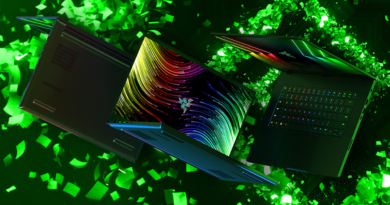How to see Mars and Venus during the summer solstice

Tonight, June 21, is the night of the summer solstice, meaning it’s the evening of the longest day of the year, and a great time for stargazing. Specifically: tonight you can (Dare I say must?) check out Mars and Venus. After all, the late night shows aren’t airing, so you’ll need something to do.
Do the visibility of Mars and Venus have anything to do with the solstice — the point at which the Earth is tipped in such a way that the sun is directly over the Tropic of Cancer? Not really, apart from the fact that the longest day of the year makes for the shortest night, which reduces your total stargazing time if you don’t plan to sleep. Planetary visibility is based on the positions of Earth, Mars, Venus, and the sun in their respective orbits, not the Earth’s tilt.
But tonight, when it’s most likely a nice warm evening well after you’re off work and done with dinner, you get a rare treat:
You can see Venus and Mars closely aligned, right next to the moon.
How to see Venus and Mars the night of the summer solstice
Venus (like Mercury) is closer to the sun than us, and orbits the sun within Earth’s orbit around the sun. So broadly speaking, you have to look toward the sun to see Venus, and Venus-watchers really only have the hours just before sunrise and just after sunset to glimpse their favorite planet. Otherwise, they have to squint and try and see it during the day.
Tonight’s task, therefore, is to look west, and see Venus and Mars lined up right next to the moon just after the very late sunset. If the weather is clear, Venus should be easily visible to the naked eye, but mars will be relatively tiny, and might require binoculars to make out. You’ll have about three hours to watch the show.
How to use a stargazing app to see Venus and Mars
Stargazing apps — such a SkySafari, Stellarium, and many others — are like cheat codes for seeing constellations and planets. Most have an augmented reality interface, meaning aim your phone at the sky, and you’ll be presented with an idealized image of the heavenly bodies above you, labeled for your convenience. Once you know the position of what you want to see, simply put away your phone, let your eyes readjust to the dark, and then pretend you’re an ancient astronomer, gazing up, naked-eyed, with renewed certainty as to what you’re seeing.
Having just scored an easy win, and armed with the app of your choice, you’ll be ready to kick off your season of stargazing during the warm summer nights.

